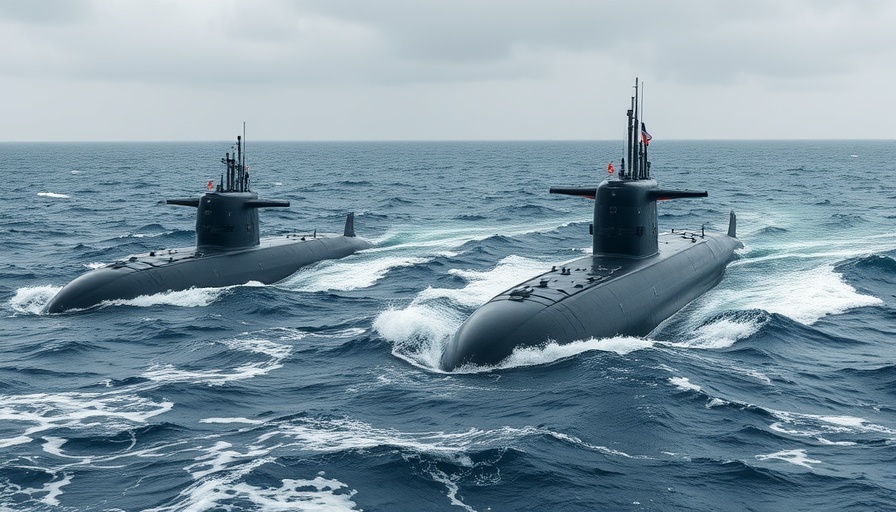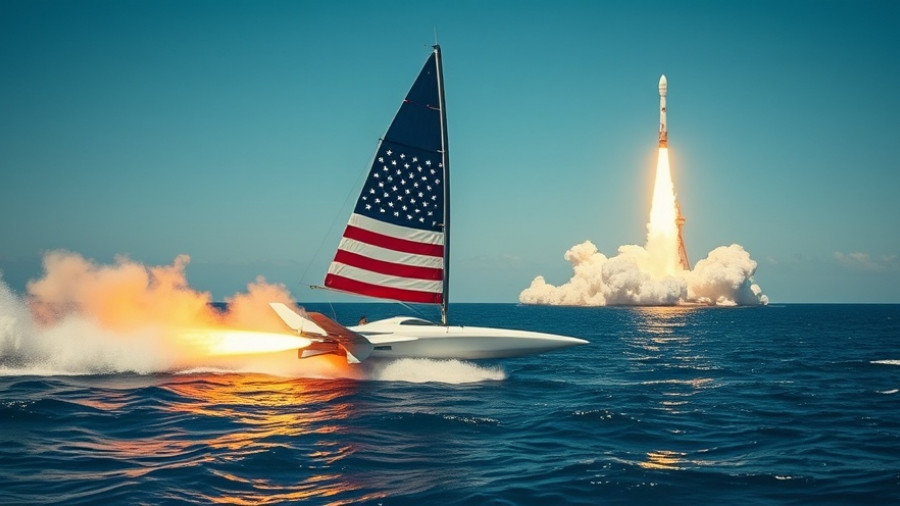
Strengthening Bonds: USS Santa Fe and JMSDF Submarine Collaborate
In an impressive display of naval cooperation, the USS Santa Fe, a Los Angeles-class submarine, recently conducted a bilateral exercise alongside Japan Maritime Self-Defense Force (JMSDF) submarines. This exercise symbolizes not just the shared commitment to security in the Pacific but also highlights the importance of forging strong alliances in an increasingly complex geopolitical landscape.
Military Collaboration in Action
The ongoing relationship between the U.S. Navy and Japan has deep roots, and this latest exercise builds on decades of joint training and strategic planning. By sharing experiences and techniques, both nations improve their operational readiness and ability to respond to crises in the region.
During the exercise, crews exchanged knowledge on anti-submarine warfare tactics, advanced navigation techniques, and communication strategies. Such collaborations help develop mutual understanding and trust, essential components of military cooperation.
The Historical Context of U.S.-Japan Naval Exercises
The U.S.-Japan alliance dates back to the post-World War II era when both nations recognized the need for stability in the Asia-Pacific region. Since then, various joint exercises have become common, fostering resilience and preparedness among both nations' maritime forces. These exercises, like the current one with USS Santa Fe and JMSDF, reflect a mutual goal of maintaining peace and security in the Pacific, emphasizing a shared commitment to democratic values amid evolving global threats.
Importance of Naval Strength in Modern Times
With growing tensions in areas such as the South China Sea and North Korea, the need for a united front is stronger than ever. Collaborative exercises not only showcase military capability but also send a clear message to potential aggressors about the commitment of allies to mutual defense. As threats diversify, these partnerships ensure that naval forces remain prepared and responsive.
Looking Forward: Future Naval Exercises
As we look ahead, the importance of joint exercises cannot be overstated. The U.S. and Japan will likely expand their cooperation further, investing in new technologies and strategies to stay ahead of rapidly changing geopolitical dynamics. Each exercise not only enhances current capabilities but also serves as a testing ground for innovative concepts that may define future naval engagements.
An Invitation to Engage
As citizens, understanding the significance of these military exercises fosters a better grasp of international relations that can impact us all. Staying informed about such developments encourages a stronger community dialogue about our local heroes in uniform and the intricate web of international alliances that shape our world.
 Add Row
Add Row  Add
Add 




Write A Comment